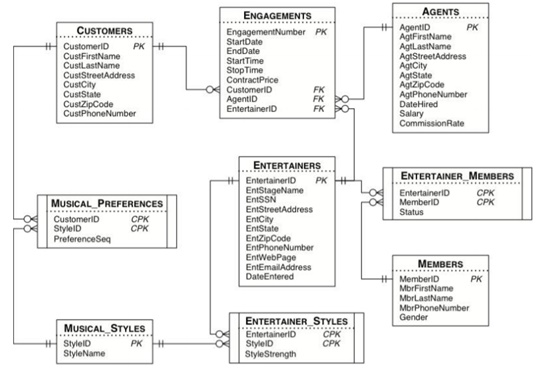Reference no: EM132216537
Question In your final year design project you encounter a mixture of propylene (1) and benzene (2), which is used to produce cumene. You have gathered the following data from the literature.

The partial molar volumes (cm3/mol) of a liquid mixture of propylene and benzene are available in the graphical form at a constant pressure add at 55 °C.
The excess gibbs free energy for the liquid mixture is expressed by Margules equation. where In(γn1) = 0.59 and ln(yn2) = 1.42.
The working temperature is 55°C. At this temperature the saturation pressure for propylene is 2757.21 kPa and for benzene is 43.721 kPa.
Second virial coefficients have been calculated and are noted here as B11 = -285 cm3/mol, B12 = -569 cm3/mol, and B22 = -1178 cm3/mol.
Solve the following questions for a working mixture with a ratio for moles of propylene to benzene aa 1:3
a. In order to design the pumps, you need to know the volume of the mixture. Based on the graph. determine the value of v1, v2, v1‾, v2‾, v, v1n‾, V2n‾, Δvmix, vδ.
b. Later the mixture sent to a flash drum. Determine the bubble point pressure for the mixttye and the composition of vapors at the bubble point pressure. Vapors can be considered as ideal, but liquid phase is not an ideal solution.
c. Determine gibbs free energy of mixing assuming ideal solution and also determine the excess gibbs free energy for the feed/input to flash drum.